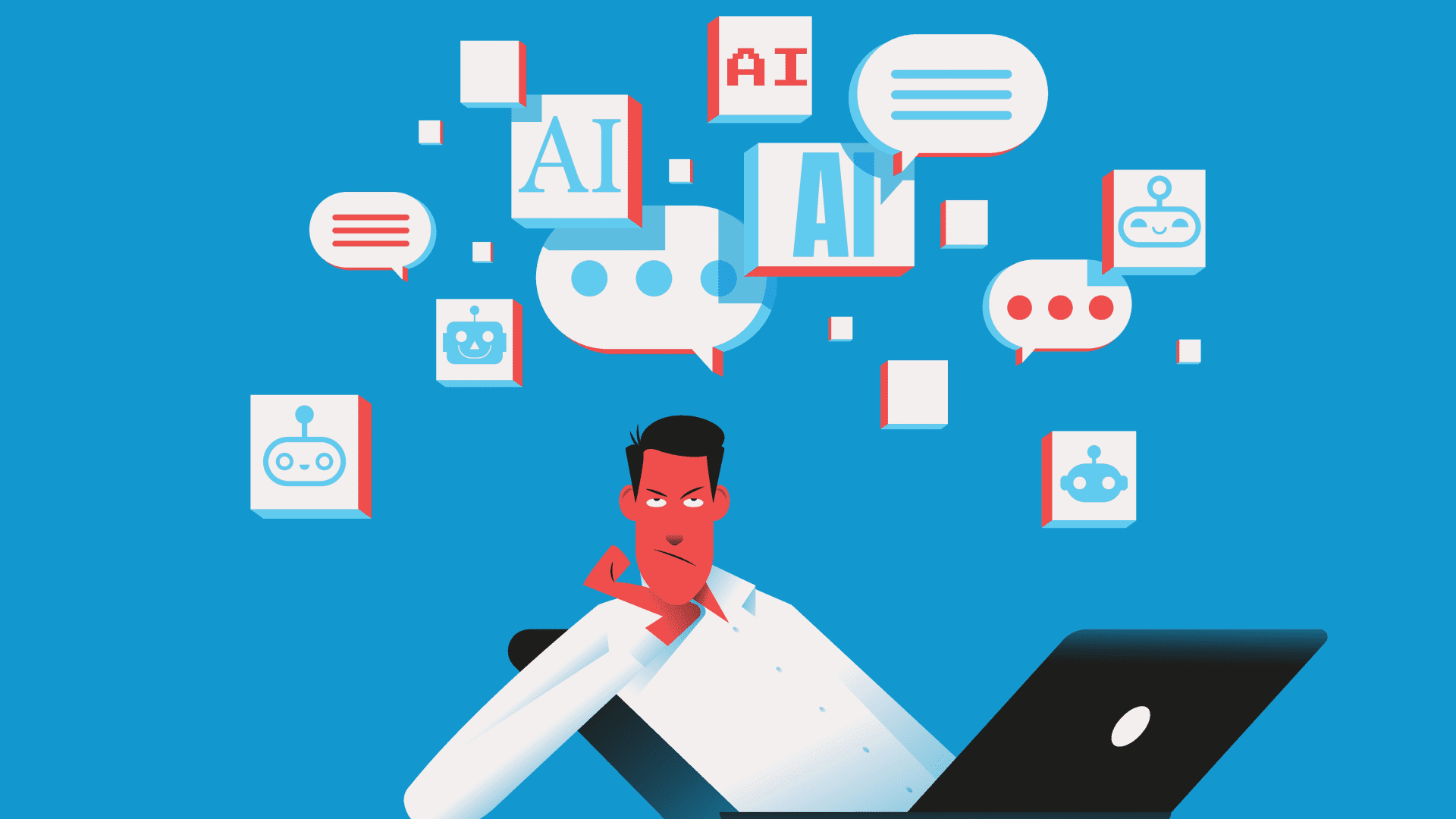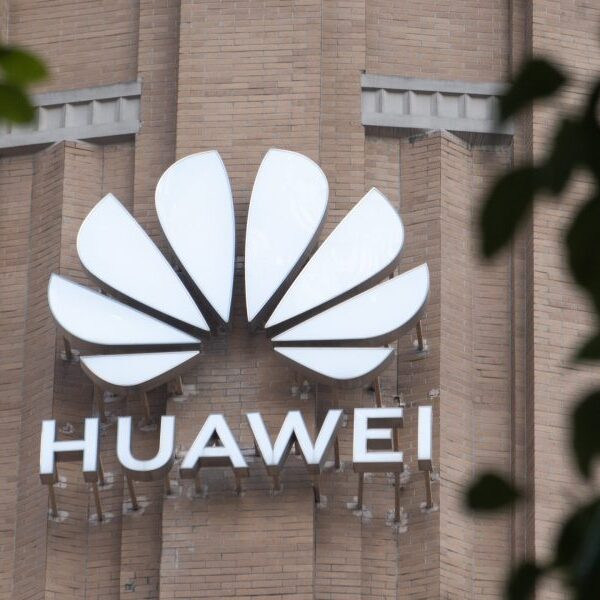Companies are talking up a storm about artificial intelligence and generative AI implementations, and many are moving ahead with deployments. But there might be a danger of employee burnout from moving too fast into AI, and businesses need to guard against this even as they enthusiastically jump into using the technology.
One concern is resource constraints. “We’re not getting additional resources to evaluate AI for its potential benefit,” said Bob Huber, chief security officer at Tenable, a provider of cybersecurity products. “The resources have to come from elsewhere, whether that’s via reprioritization of people’s time or placing other projects on the back burner.”
Employees will end up being double- or triple-tasked, Huber said, straining already constrained resources. While there are some AI use cases that require a low level of effort, “the majority of use cases require dedicated resources to build, design and evaluate,” he said.
Some workers still have fears about AI, and this has been compounded by recent proclamations many companies have made about how much AI will improve efficiency and output, according to Heather O’Neill, career expert at Resume Now, which provides career and resume services.
“Workers hear that and naturally worry that their workload will skyrocket, right along with productivity expectations,” O’Neill said. “But fears about being overworked aren’t the only things that can cause AI-related burnout. Worries about what it will take to keep pace in this new work landscape are also nerve-wracking.”
Training can be intimidating and exhausting, O’Neill said, and workers might feel overwhelmed by the pressure to upskill and adapt to AI tools. This can contribute to existing feelings of stress and burnout. Some workers are also worried about AI’s impact on their work-life balance, she said.
A survey of 1,150 U.S. workers conducted by Resume Now in March 2024 showed that 63% expressed fears about AI use and 61% are concerned it will increase burnout. Nearly 90% of young workers fear AI-related burnout and about half of the women surveyed think AI will negatively impact work-life balance. Two-thirds of the respondents are afraid of losing their jobs due to AI.
Steps to prevent job burnout
Fortunately, companies can take steps to roll out or expand AI initiatives without burning out workers. One is to avoid rushing into it.
“I highly recommend introducing AI initiatives gradually,” Huber said. “Don’t aim for moonshots that require significant resources to evaluate and deploy, as this puts intense pressure on teams.”
Preparing workers for a gradual shift into AI use in the workplace is critical to both the initiative’s success and employees’ health and happiness, O’Neill said. “To soothe employee fears, companies must move slowly and commit to clear communication regarding AI use, what the training will look like, and how performance expectations will change,” she said.
Human resources departments should be open to employee feedback about how AI can help them work more efficiently and address any concerns they might have about using tools. “Making AI use a conversation rather than a mandate will empower employees and cultivate positivity and excitement about adopting new technologies,” she said.
It’s important to start with clear messaging about AI use. “Companies must communicate exactly how AI will be integrated and a timeline for its adoption,” O’Neill said. “This can’t be a broad, company-wide announcement. Employees need to know how it will be rolled out in their individual role and how it will change their day-to-day work.”
Leadership should prioritize work for people, Huber said. “Setting realistic expectations at the outset ensures teams understand business goals and don’t lose sleep trying to maintain their original responsibilities while delivering AI initiatives,” he said.
Whenever possible, companies need to remind workers that AI for the most part is intended to help them complete the more repetitive and mundane tasks associated with their jobs. That way they can focus on higher-level projects. “While some roles may be replaced by AI, most will not,” O’Neill said. “This reassurance can go a long way toward getting workers to buy into the use of the technology.”
Businesses can also offer training to help employees make whatever transitions are needed. “Every role will incorporate AI slightly differently, so it’s critical to relay that training will help workers learn how to use the tool for their specific needs,” O’Neill said. “In addition, companies should consider creating a dedicated AI support team to respond to workers’ questions as they adjust to this new way of working.”















